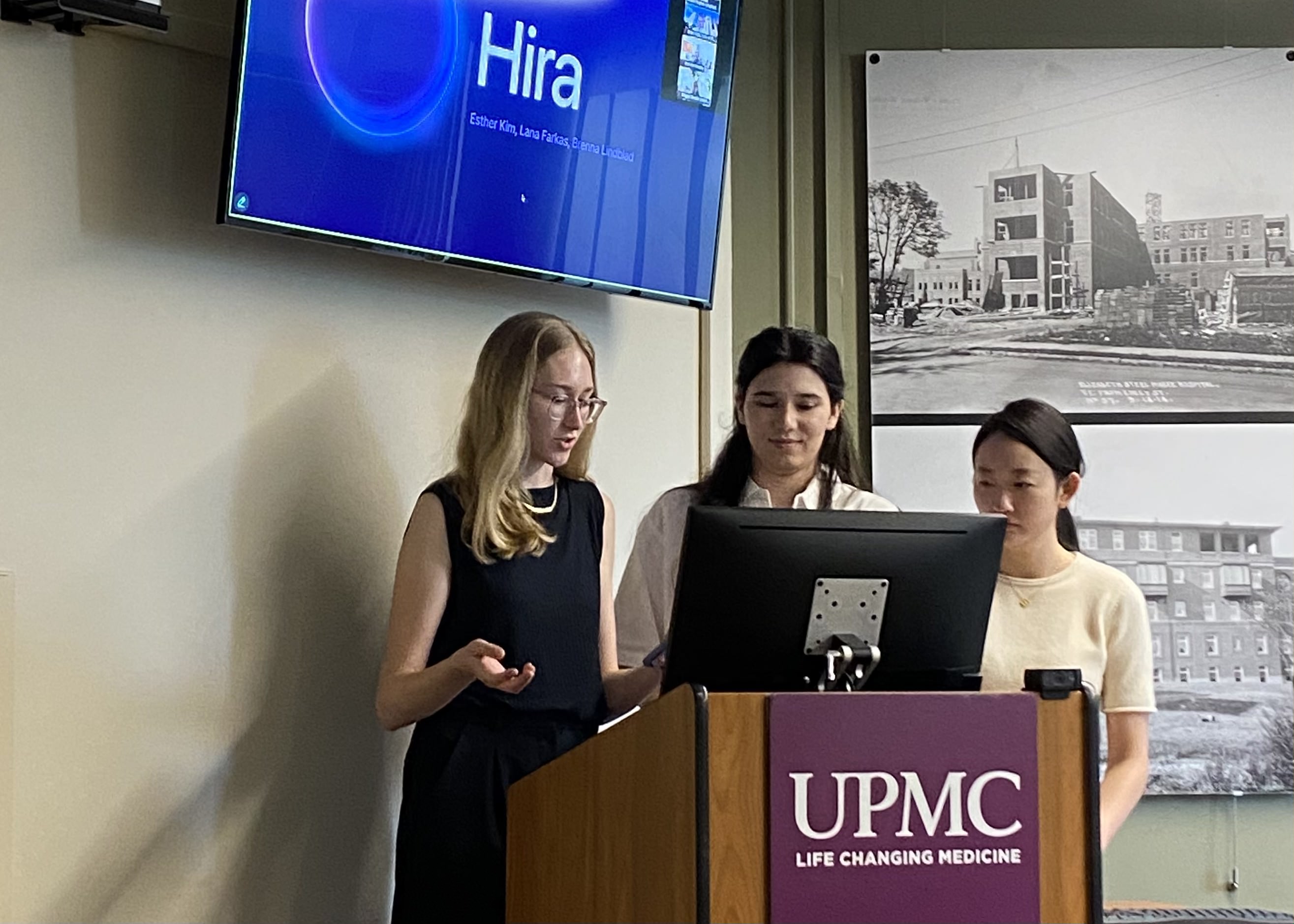
Hira Health, University of Pittsburgh Medical Center
Listening-only AI to provide presence and transform cancer patient voice logs into appointment talking points and care updates.
I developed a "listen, don't solve" strategy that fundamentally reframed Hira's interactions. Originally scoped as conversational AI for symptom guidance, I led a product pivot after discovering patients had a deeper need: feeling emotionally heard over receiving advice. This reframing better aligned with UPMC's goals by improving patient-provider communication and satisfaction.
Role
Product designer
Skills
Product strategy
Voice interface design
User testing & prototyping
Stakeholder management
Microinteractions
Timeline
5 months
Team
3 designers
We set out to build a conversational AI application for cancer patients.
Five months later, we created something that only listens.
Research
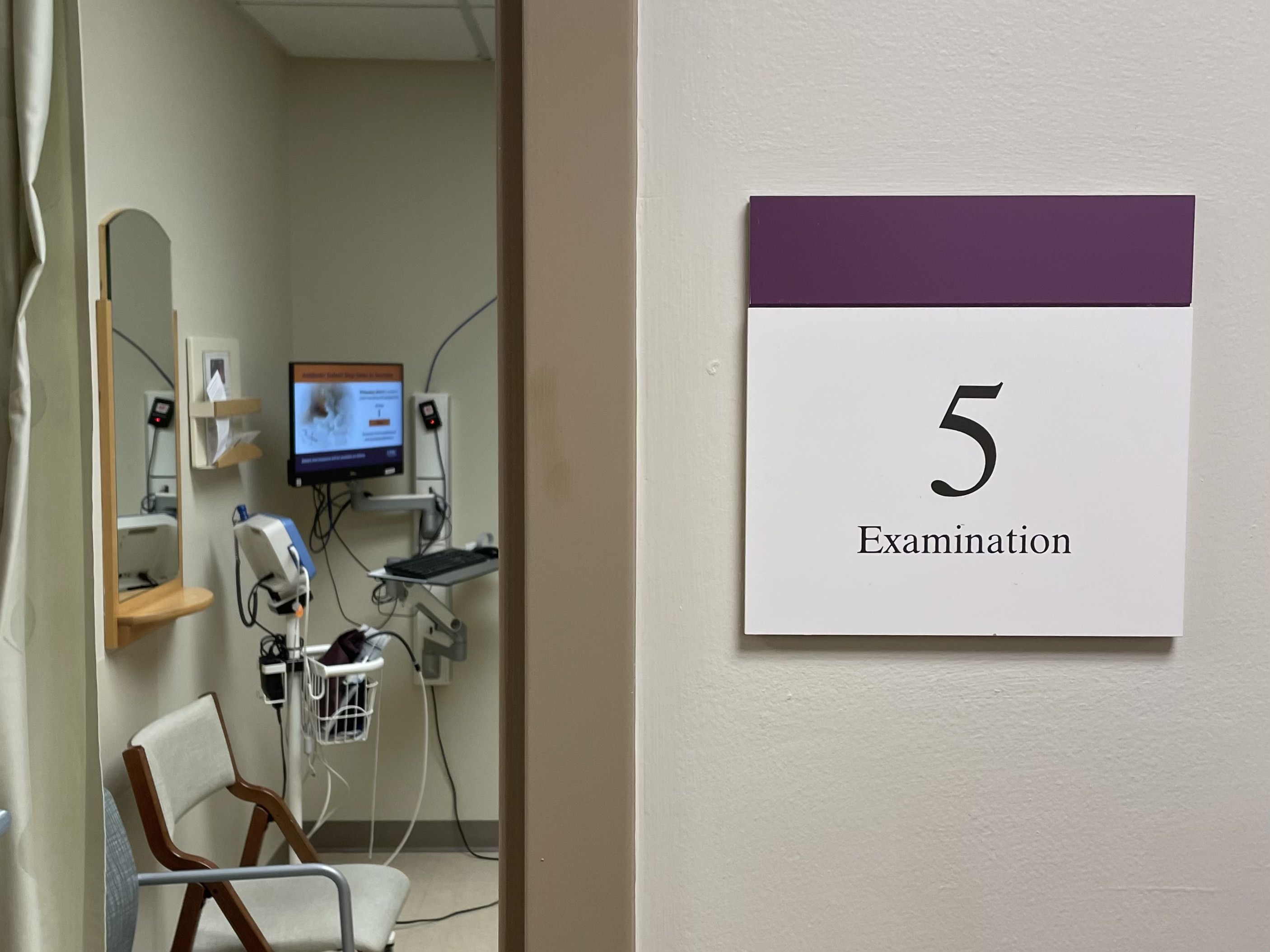
Shadowing
I sat in on patient appointments and provider charting.
Insights:
Patients often recalled symptoms or questions after the visit ended, requiring follow-up and triage staff.
Patients experienced intense anxiety before appointments and brain-fog during them.
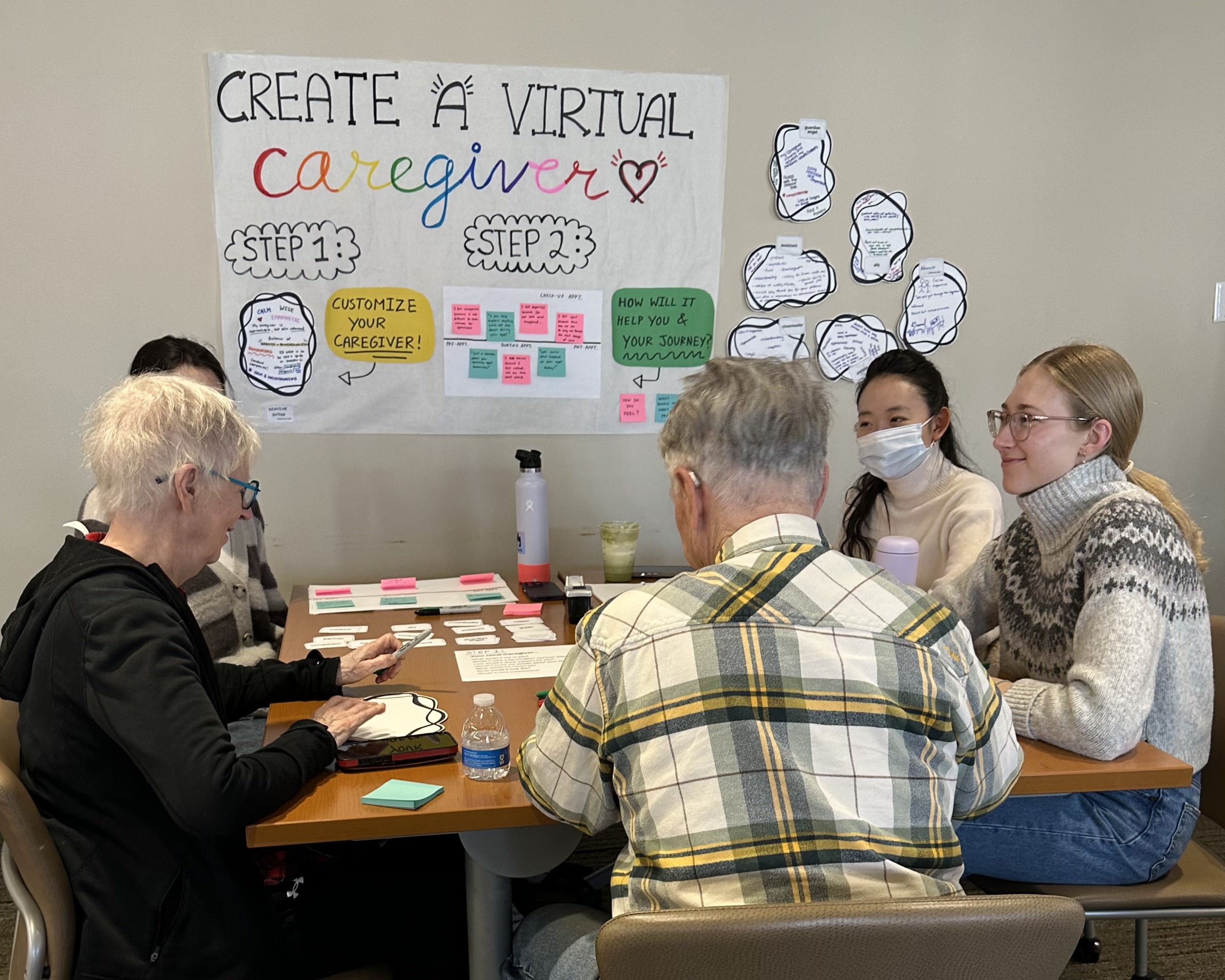
Co-design
We conducted a co-design with 9 participants, including patients, their caregivers, and healthcare professionals. We asked patients to design their ideal virtual caregiver and map out how it would show up for them before, during, and after appointments.
The major insight:
They didn't want advice or solutions, they just wanted to be listened to.

Shadowing
I sat in on patient appointments and provider charting.
Insights:
Patients often recalled symptoms or questions after the visit ended, requiring follow-up and triage staff.
Patients experienced intense anxiety before appointments and brain-fog during them.

Co-design
We conducted a co-design with 9 participants, including patients, their caregivers, and healthcare professionals.
The major insight:
They didn't want advice or solutions, they just wanted to be listened to.
Patients just want to be heard.
Solution
Meet Hira
“I can see this being huge, especially for patients who don't have anyone to go with them to appointments.”

Dr. Sarah Taylor
Gynecologic Oncology Physician
“This is exactly what patient care needs right now. Plus it's helpful for doctors too. Please keep on building.”

Grace Campbell
UPMC Family Care Center Founder
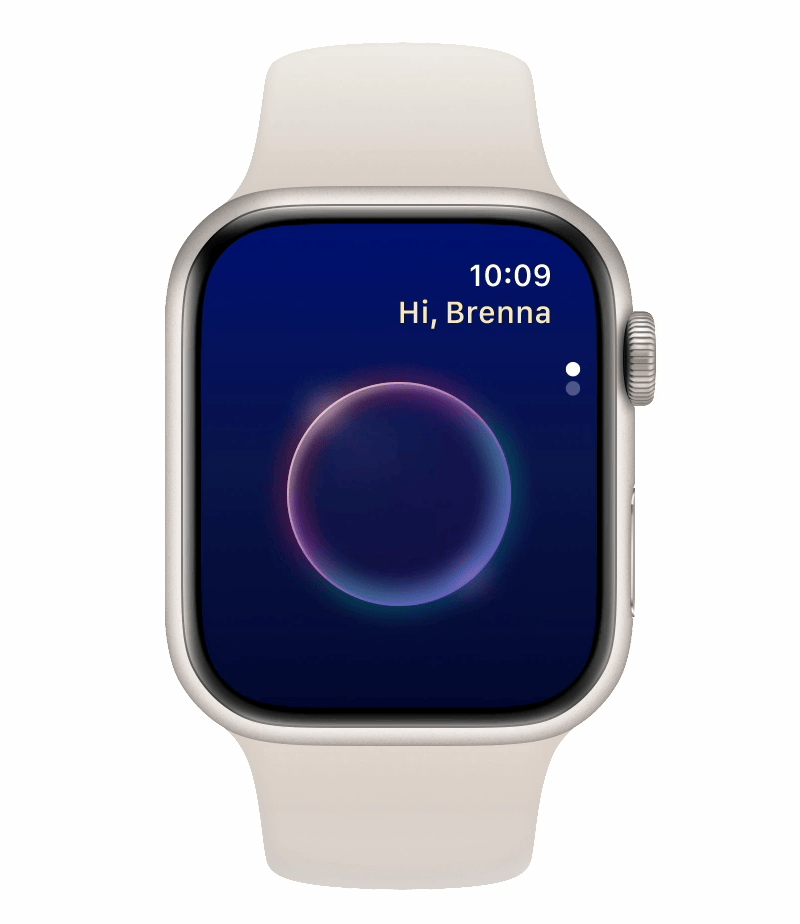
Visual, amorphous presence over verbal communication to preserve trust and emotional flow
We took a radical approach to conversation design by eliminating all verbal responses and anthropomorphic sounds that can interrupt vulnerable moments. Rhythmic visual pulsations convey presence while keeping users in emotional flow, free from judgment or social friction.
1 Howell et al., 2018. Emotional Biosensing: Exploring Critical Alternatives 2 Cho et al., 2022. Alexa as an Active Listener
Design Validation: A space to process emotions
"I think I would have used this when diagnosed. I felt complete shock and for the first steps, you're on your own in terms of your mental health. I felt a lot of uncertainty, fear, and anxiety and didn't have a good way to process it."
To test our features and specific designs, we talked to female cancer patients actively undergoing chemotherapy.
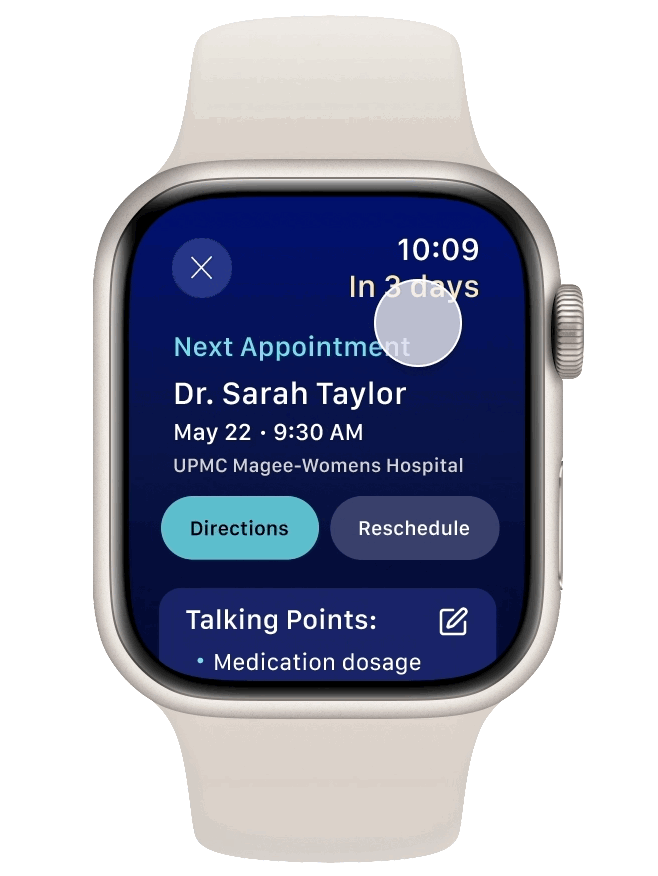
Surfacing data as talking points before appointments to increase patient self advocacy
Stress, brain fog, and time pressure often cause patients to forget the questions they want to ask. Voice logs are transformed into clear, actionable talking points, appearing naturally alongside appointment details.
3 Nguyen et al., 2019. Fear and forget: how anxiety impacts information recall
Design Validation: Talking points to combat brain fog
"The 'brain fog' is definitely real. I feel like I asked the same questions multiple times, even though me and my husband are both diligent notetakers."
To validate our features and designs, we talked to female cancer patients actively undergoing chemotherapy.
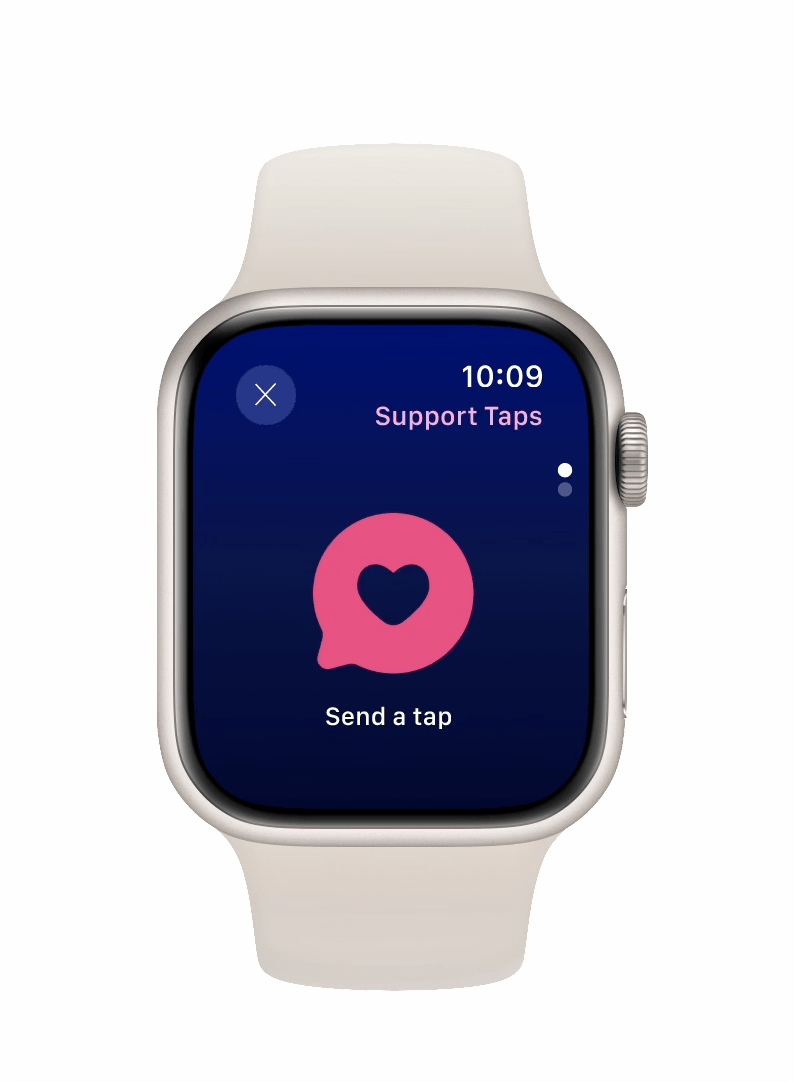
Patients can update a trusted circle with one voice log and receive low-pressure gestures of care
Support Taps let loved ones send voice messages of encouragement without putting a burden on patients to respond. Patients control exactly who sees their updates, sharing as publicly or privately as they want.
4 Ussher et al., 2006. What do cancer groups provide which other supportive relationships do not?
Design Validation: Support taps
"I appreciate messages like 'Thinking of you, no need to reply' because sometimes sending messages puts a burden on the patient to respond. Also, setting up a care page feels funny to me, so I like this alternative."
To validate our features and designs, we talked to female cancer patients actively undergoing chemotherapy.
Technology Decision
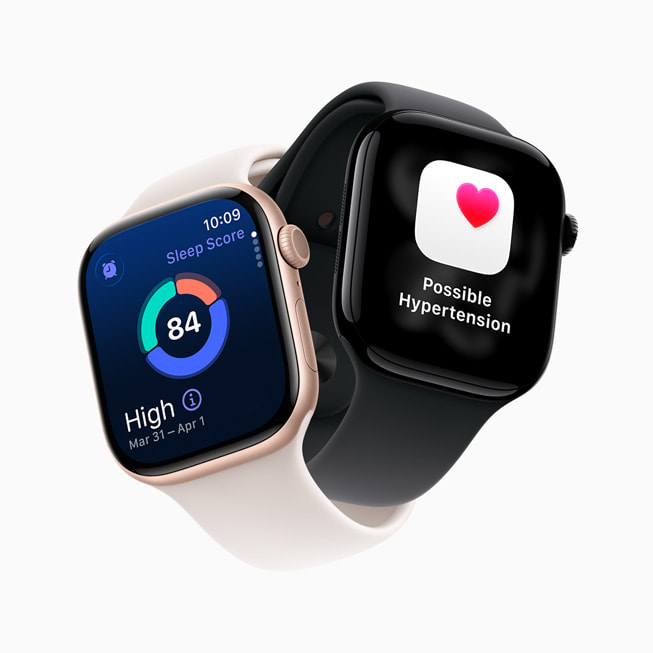
We chose the Apple Watch to specifically leverage existing features...
Simplified interactions
with limited screen space
Biometric tracking
for rich contextual insights
Location data
for timely support
Reflections on keeping people at the center
End Users:
Hearing from women who spent their lives as caregivers and felt unseen and unsupported when they became the ones in need gave me a deep well of motivation to empower them as both patients and people.
Team:
Addressing the ways in which listening as care has been undervalued was extremely nuanced and rewarding work. It took a team of talented and passionate individuals whose perspectives I deeply valued.
